Cabramatta is one of the places where several cultures meet and intertwine in the most original and unpredictable ways possible. Though located in the South Western Sydney, the city incorporates the influences of not only the Australian and English culture but also a range of tangible features of the Oriental culture, specifically, the Chinese one.
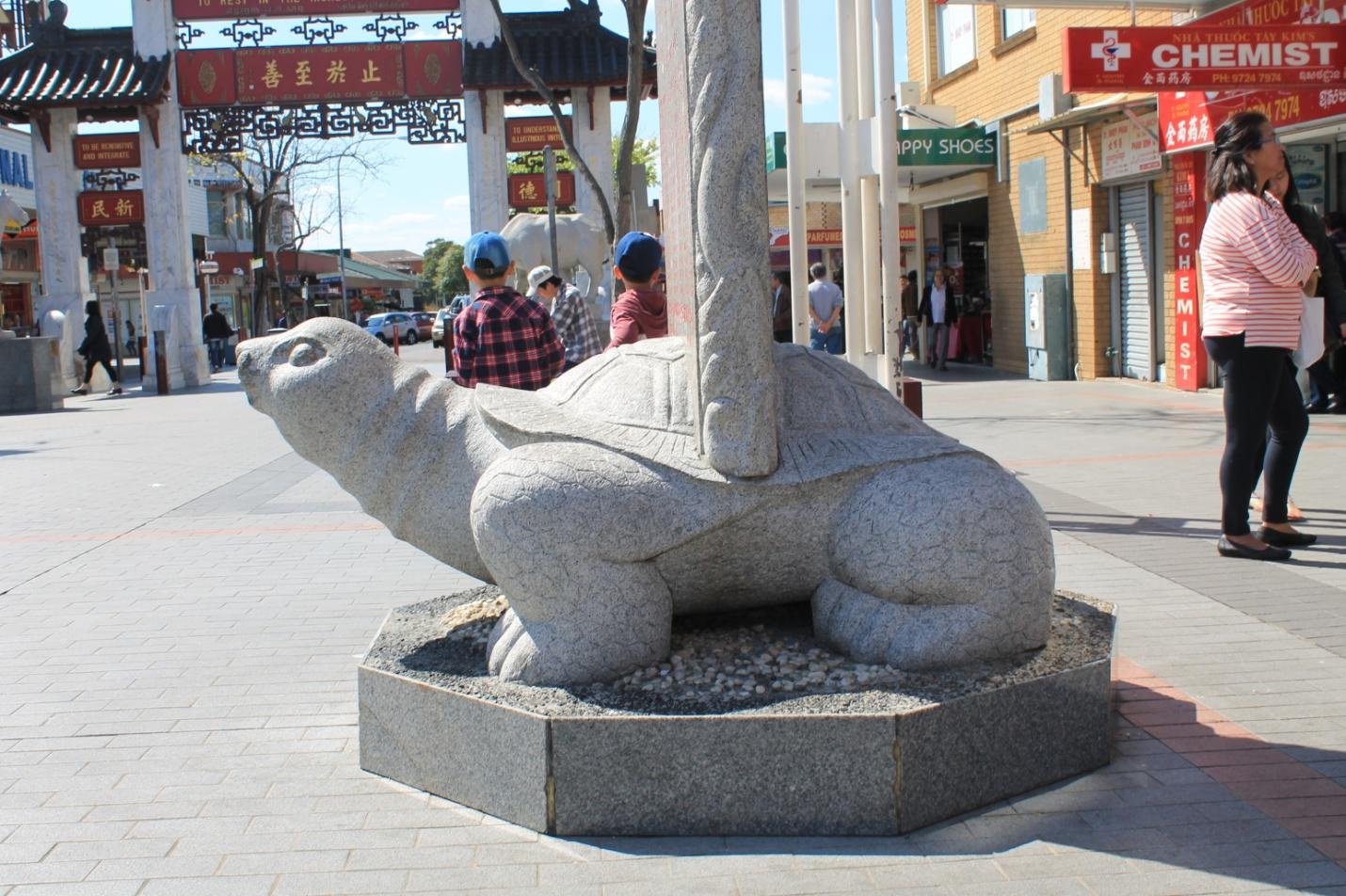
Figure 1. The statue of a turtle in the Vietnam town in Cabramatta (retail district), picture taken on 10.9.14 with a Canon camera.
The Asian legacy of the city can be traced in both the overall design and the minor details, such as the decorations in the streets. For instance, the statue of a tortoise, which is also a famous tourist spot, has a range of obvious connections to the Asian culture in general and Vietnam in particular.
Indeed, seeing that turtle and tortoise shells have been used as the raw material for various types of medicine for quite a while in China and Vietnam, as well as the fact that the Chinese and the Vietnamese cultures incorporate a range of myths about the specified reptiles, it will be quite logical to relate the statue of turtle depicted above to the influence of the Vietnamese diaspora located in the city (Coin & Bell, 2011).
Placed at the foreground of the photograph, the tortoise facing west embodies the wisdom of the Vietnamese culture and the readiness for cooperation with the west. The way, in which the concept of peace and compromise in the process of international and intercultural communication is conveyed truly is unique, and the message is very impressive. Moreover, the contrast between the foreground and the background is very impressive.
While the tortoise, which represents the wisdom of centuries, is solemn and mysterious, the elements of the 21st-century life, i.e., the shops and the signboards down the street are more than superfluous.
More to the point, the culture fusion comes out into the open as soon as one casts a single look at the signs – half of them being written in Vietnamese, the other half is obviously in English. The people that walk down the streets also clearly belong to the present-day world; in addition, they seem to have incorporated a range of elements of the English and particularly Australian culture.
As a result, the gates in the background, which seem to lead to either a park or a market, seem the gateway to the Asian world. Designed in a traditional Asian style, with tall pillars and the Vietnamese inscriptions in the top, this element seems to be not merely a gate, but a gateway to the Asian culture located in the midst of Australia.
Finally, the contrast of materials used for creating the statue and the ones in the background should be mentioned as one of the unique features of this place.
The tortoise is made of stone, which can be seen clearly in the picture, whereas the rest of the elements are made of modern materials, including concrete, plastic, metal, etc. The difference in the materials draws the line between the Asian and the Australian culture and at the same time unites them, making it obvious that, for the local people, the two culture are inseparable (Ng 2013).
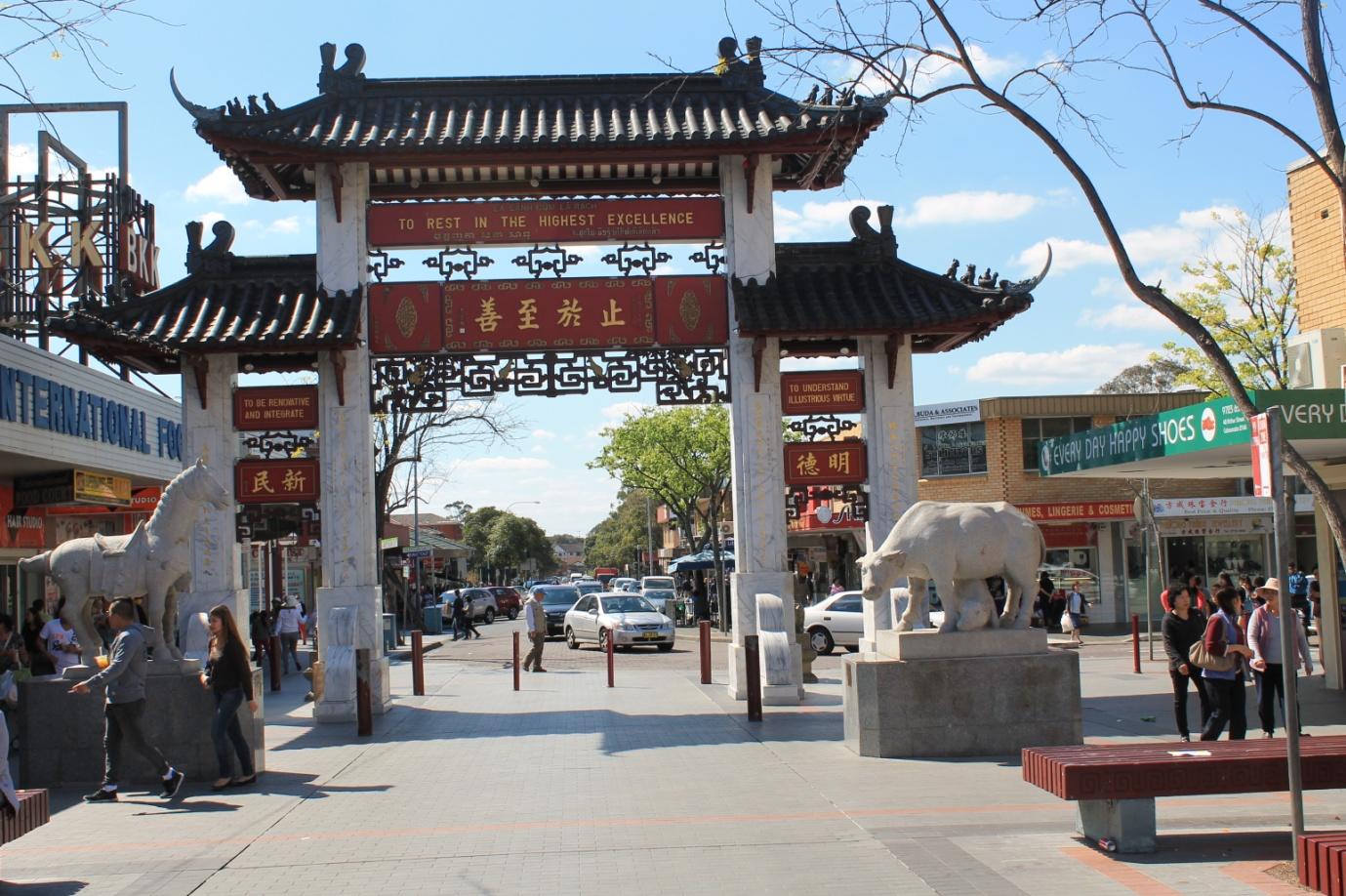
Figure 2. The gate to the Cabramatta park, the picture was taken on 10.9.14 with a Canon camera.
When it comes to defining the greatest assets of Cabramatta, its cultural legacy is the first thing that comes to mind, and for a good reason – the place is a unique mixture of the Australian, Western and Eastern cultures with a heavy lean towards the Chinese and the Vietnamese ones.
While the architecture of the city, particularly, its streets and the shopping district, are geared towards the standard European look, the details that are related to the decoration of the streets give the cultural background of the residents away immediately. For instance, the design of the numerous gates with the Chinese-like rooftops resting on tall pillars was inspired by the Chinese and Vietnamese culture.
The color cast is also quite symbolic – the combination of red roofs and gray stone is easily identifiable with the key characteristics of the Chinese culture as well.
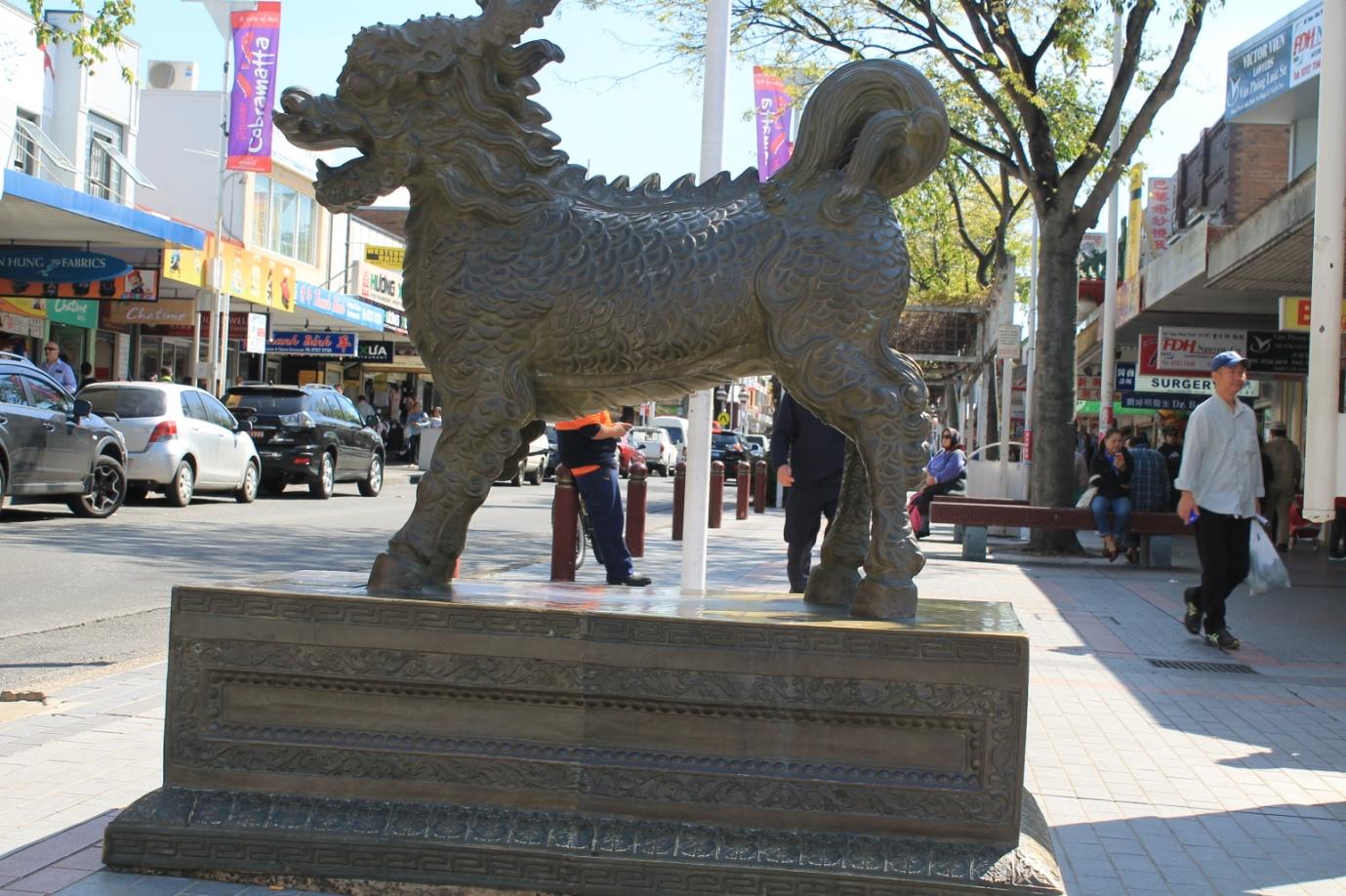
Figure 3. The statue of a dragon in the John St., Cabramatta, the picture was taken on 10.9.14 with a Canon camera.
Another reminder of the fact that the Cabramatta city is filled with the elements of the Asian culture, the statue of dragon placed in the middle of John St. contrasts with the rest of the imagery quite much. Even though the rest of the street looks like an average Australian location, the dragon reminds the travelers immediately that they are in the Asian domain and the focus of the artistic expressivity of the local Asian community.
The focal point of the photograph, the dragon facing west can be viewed as a symbol of the union and cooperation between the Oriental and the western cultures, as well as understanding between the people belonging to these cultures. Judging by how the dragon looks, i.e., the fact that it has a lion head, one may suggest that the statue was inspired by the artworks of the Le Dynasty era (Jayakodi & Phuong 2013).
Celebrating the principles of Confucianism, family values and enhancing the concept of morality within the Vietnamese society (Ikin & McKenzy 2013), the specified culture had a tremendous effect on the development of the state, and the remnants of the ancient traditions can be seen in the middle of a modern Australian city (Ngo & O’Cass 2010).
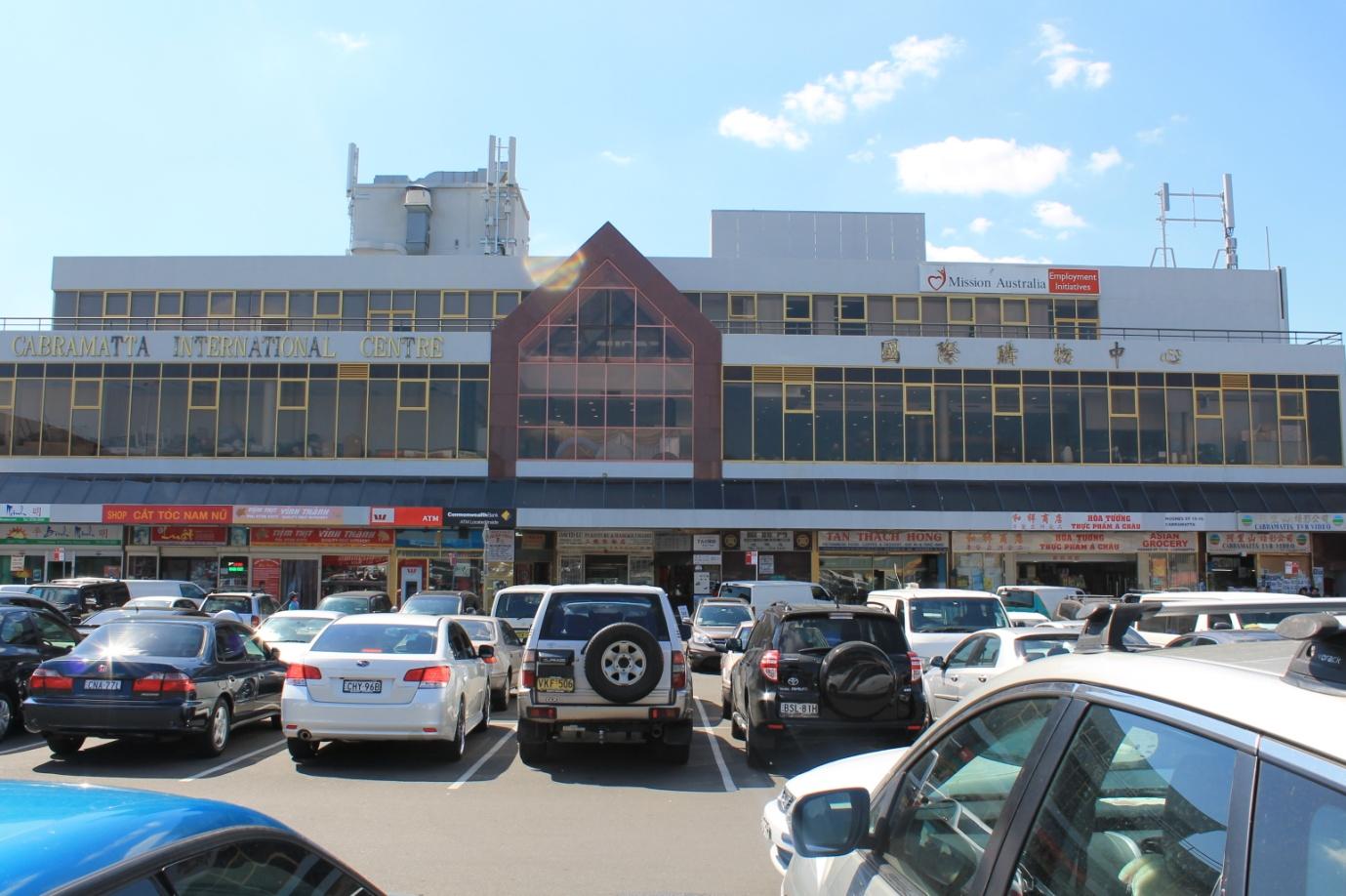
Figure 4. Cabramatta International Centre, 24-32 Hughes St., Cabramatta NSW 2166, Australia, the picture was taken on 10.9.14 with a Canon camera.
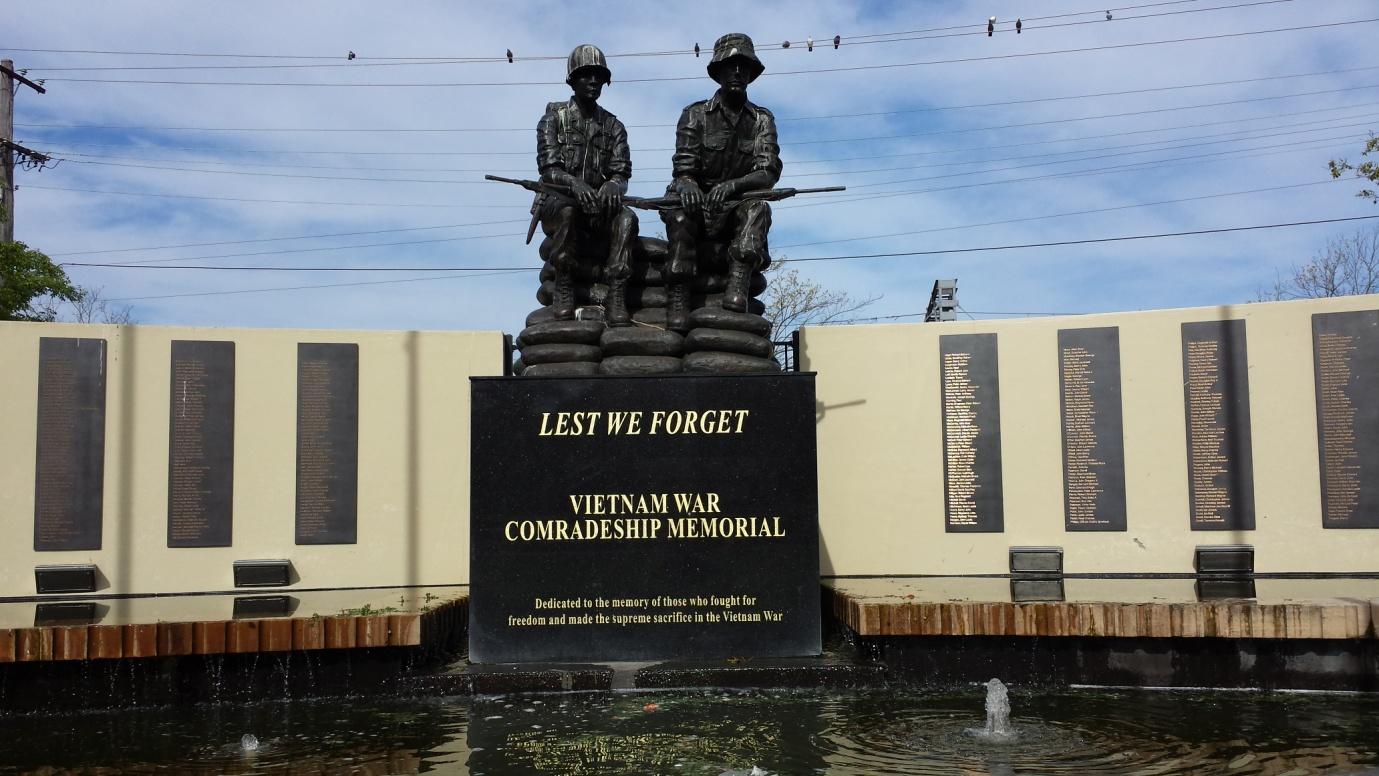
Figure 5. The Vietnam War Comradeship Memorial, south-west of the Sydney CBD, the picture was taken on 10.9.14 with a Canon camera.
Though Australia did not take an active part in the Vietnam War, the Vietnamese residents of Cabramatta clearly remember the event and are eager to honor the people that perished in the struggle against the enemies. The Vietnam War Comradeship Memorial is a graphic example of this desire to bear the tragic events of the Vietnam War (Northup 2005) in mind and the willingness to remember the lessons that the war taught people.
One of the most striking details about the memorial concerns the people that its creator chose to depict, as well as the stance, in which they are portrayed. As a rule, war-related memorials tend to display such qualities as courage, patriotism, willingness to sacrifice oneself for the sake of others, yet the Cabramatta Vietnam War Memorial shows its two soldiers in a fairly unthreatening and not quite warlike position.
Instead of portraying them as determined and will-driven people, the memorial shows them as tired and peacefully looking ones (Peach 2006). As a result, the Vietnamese people make a very strong statement about their attitude towards military conflicts as brutal, inhumane and downright pointless ones. Consequently, the necessity for keeping the peace is expressed in a very graphic manner in the memorial.
The specified characteristics of the memorial comply with the basic principles of major Asian philosophies, i.e., the need to locate the point of balance and reach the state of harmony. Though this concept is touched upon in the statue of a tortoise described above, it is stated in a much more powerful manner in this simple portrayal of two people, who are willing to restore peace (Cox & O’Connor 2012).
Though Cabramatta is located in the heart of Australia, it still manages to retain a unique Oriental flair due to the influence of the Chinese culture along with the impact of a range of other related cultures.
This influence manifests itself in the decorations in the area, as well as the Indian, Vietnamese and a range of other cultures. Every single picture is a graphic example of the fact that the city, though located in the center of Australia, incorporates the elements of the Eastern cultures in not only its major landmarks but also a range of minor elements of the city decorations.
With its unique and diverse culture, Cabramatta may serve as a prime example of a proper culture fusion process. No ethnicities are neglected in this patch of heaven, and the Eastern culture coexists quite peacefully with the Western one. A unique “patch of heaven” in the midst of Australia, Cabramatta truly is a place to visit.
Reference List
Coin, J W & Bell, P 2011, ‘Fear of Crime in expatriate Australians in Ho Chi Minh City Vietnam.,’ The Howard Journal of Criminal Justice, vol. 51, no. 2, pp. 122–132.
Cox, L & O’Connor, B 2012, ‘Australia, the US, and the Vietnam and Iraq Wars: hound dog, not lapdog,’ Australian Journal of Political Science, vol. 47, no. 2, pp. 173–187.
Ikin, V & McKenzy, K 2013, ‘Australia,’ The Journal of Commonwealth Literature, vol. 45, no. 4, pp. 483–509.
Jayakodi, R & Phuong, P T T 2013, ‘Social change and fathering: change or continuity in Vietnam?,’ Journal of Family Issues, vol. 34, no. 2, pp. 230–251.
Ng, N 2013, ‘Cultural sustainability and loss in Sydney’s Chinese community,’ Humanities Research, vol. 19, no. 3, pp. 111–115.
Ngo, L V & O’Cass, A 2010, ‘Winning through innovation and marketing: Lessons from Australia and Vietnam,’ Industrial Marketing Management, vol. 40, no. 8, pp. 1319–1329.
Northup, S 2005, ‘A photojournalist returns to Vietnam,’ Nieman Reports, vol. 59, no. 1, pp. 117–118.
Peach, H 2006,’ Australia’s Vietnam veterans – A review,’ Australian Family Physician, vol. 35, no. 8, pp. 619–622.